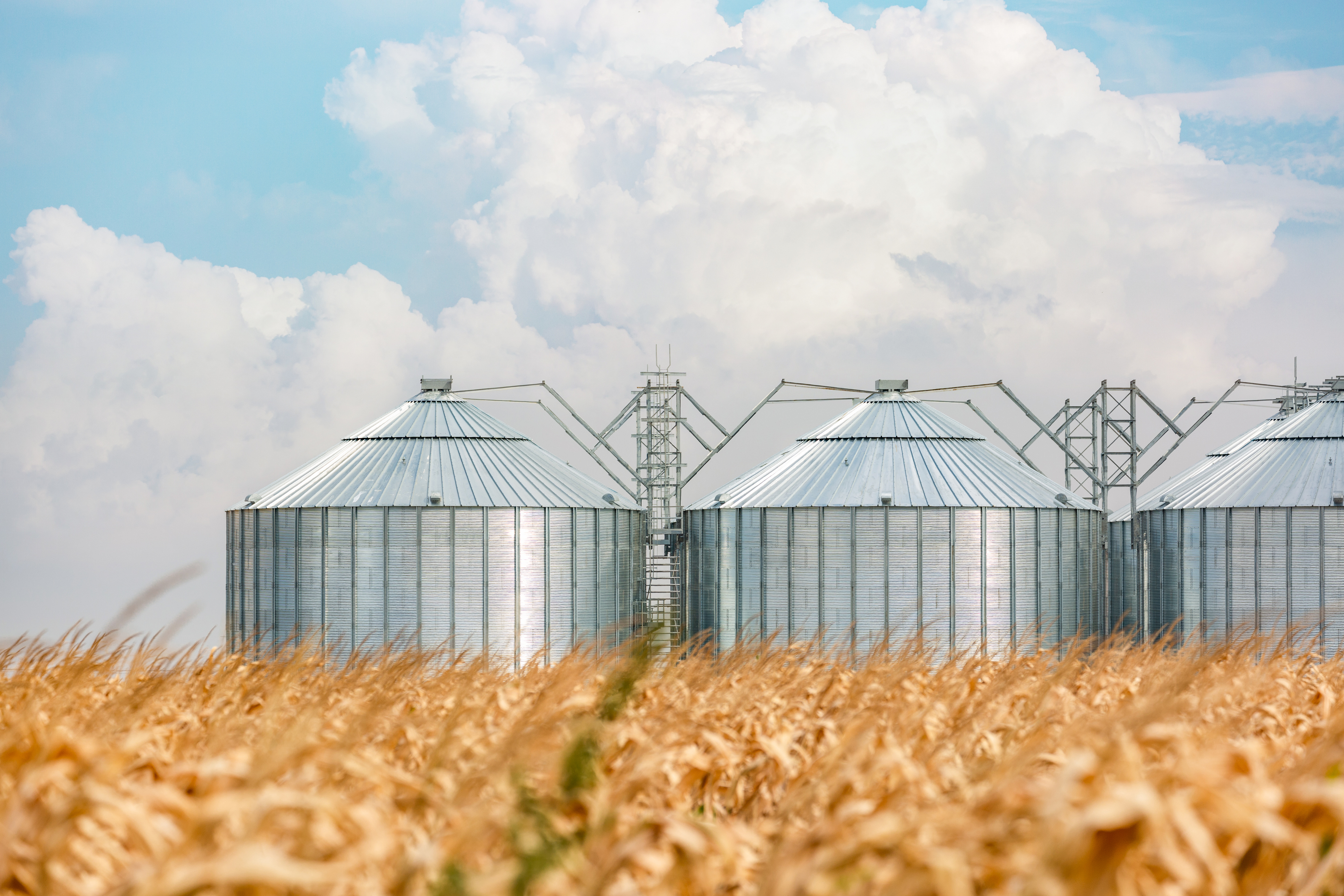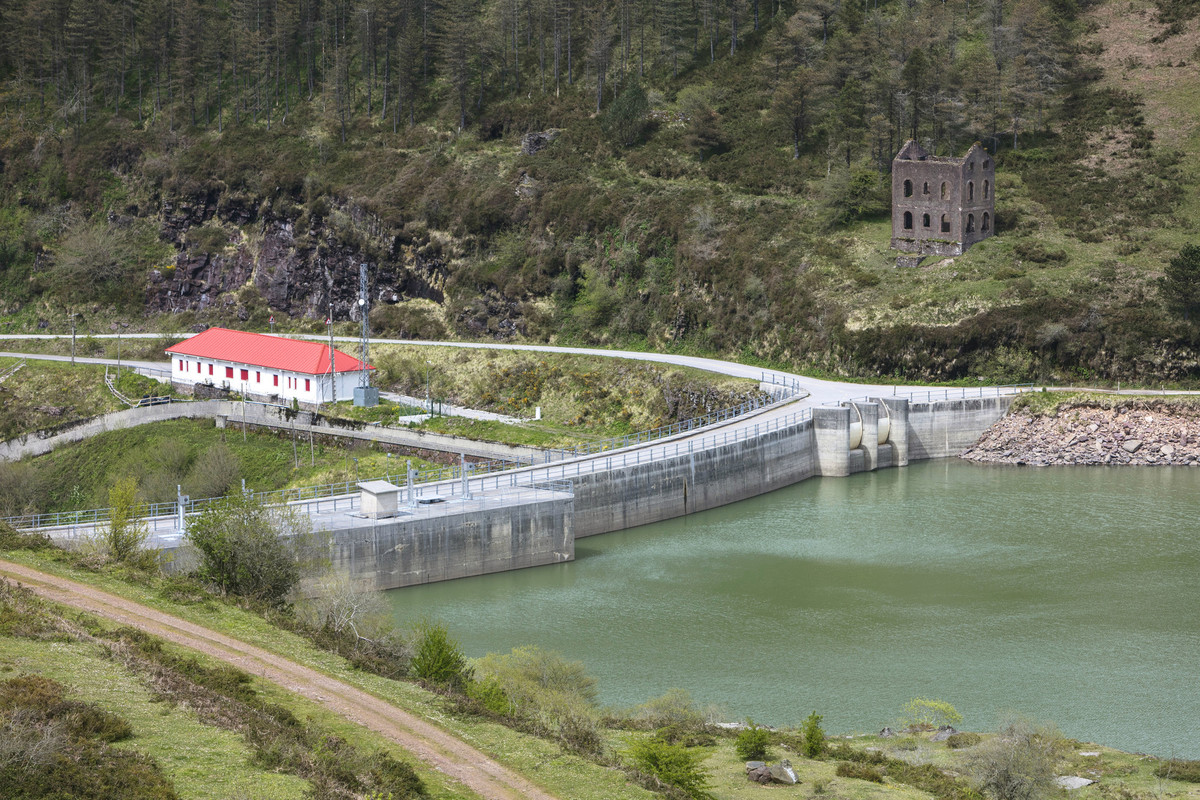Autor
Estela Rivas
Associate Professor of the Repsol Foundation Energy Transition Chair at Rovira University on CO2 Capture and Utilization.

Autor
Josep Llorenç i Vilanova
Student at Rovira i Virgili University

The European Union has committed to leading the fight against climate change with a clear objective: to achieve a carbon-neutral economy by 2050. This objective will only be possible with the cooperation and commitment of the entire European society. 🌱
What instruments are available and how do they work?
This publication provides a clear overview of the current regulatory landscape and details the various instruments that the EU has put in place.
To achieve this, the EU has developed and continues to refine a number of legal instruments designed to efficiently reduce, capture and offset CO2 emissions. These instruments include the emissions trading system, the transformation to a net-zero economy, critical raw materials management, the carbon border adjustment mechanism and the Social Climate Fund.
What challenges exist?
However, this publication highlights a major challenge: the number of regulations can complicate practical implementation for companies 📜 In addition, the technological advancement needed to achieve these goals requires material resources, raw materials, scientific innovation and a collective effort from the whole society.
Want to know more? You can download the full document and discover the conclusions of this publication.




